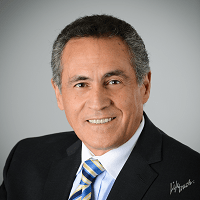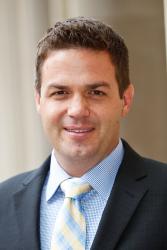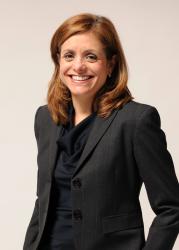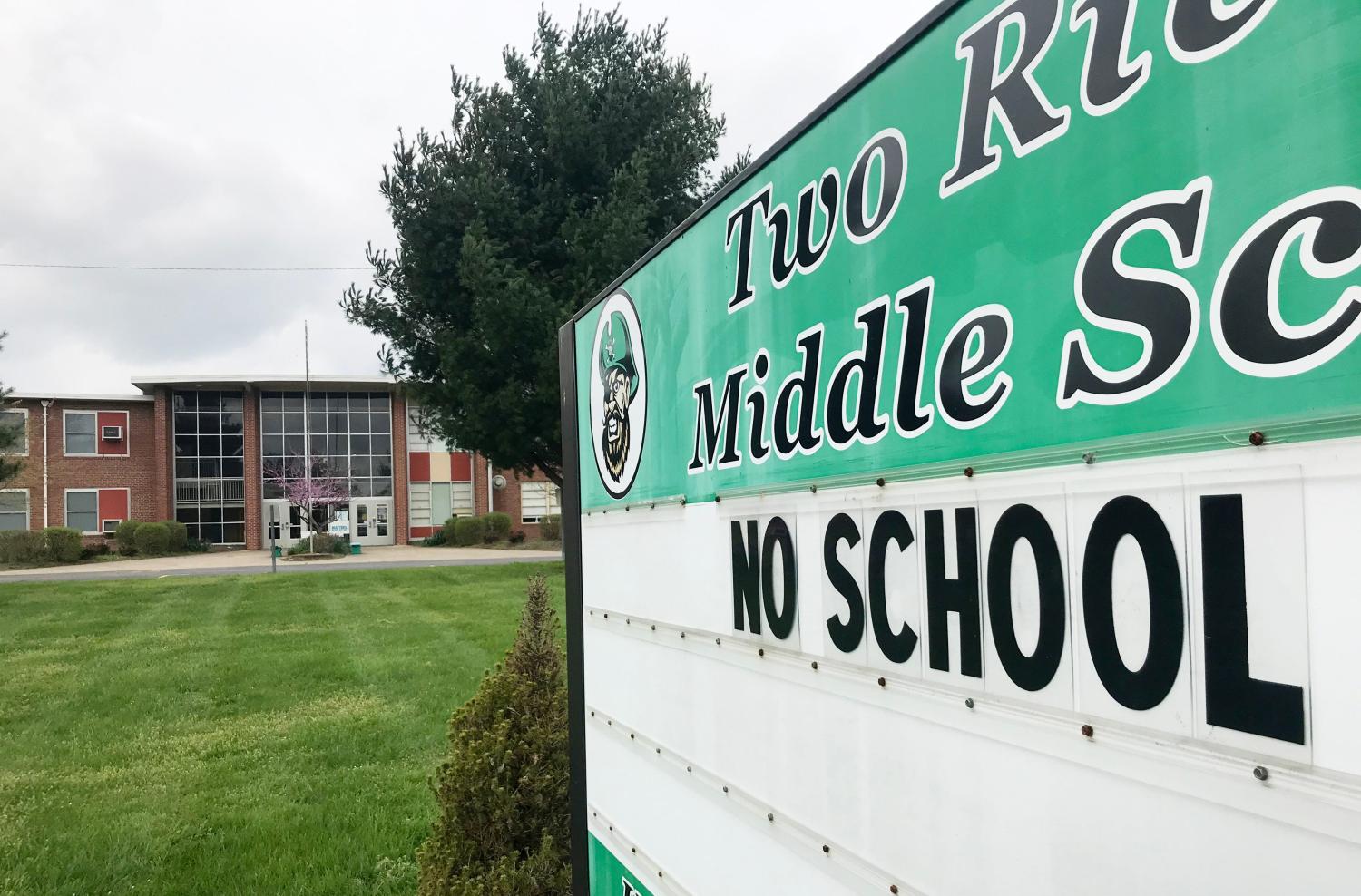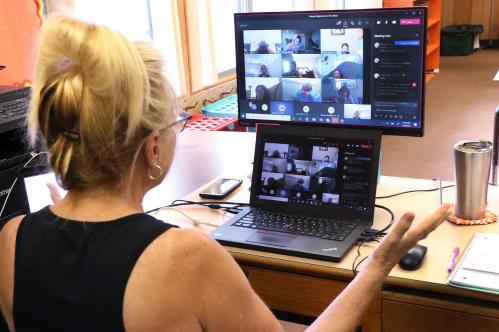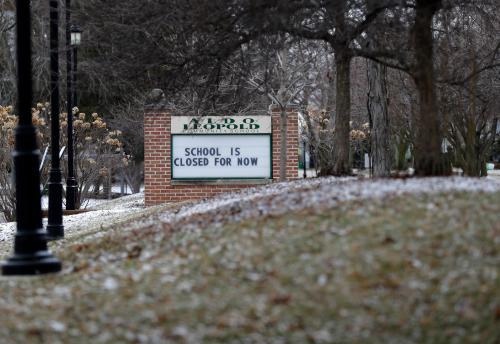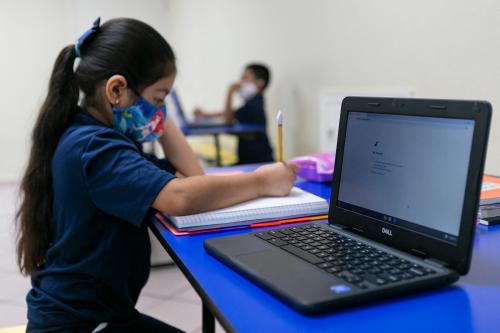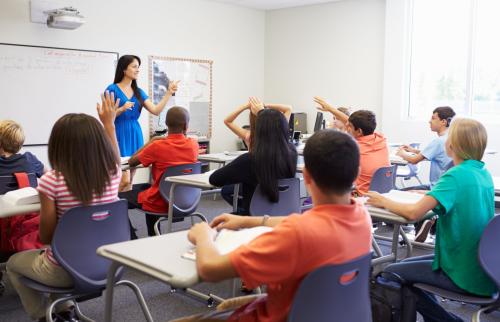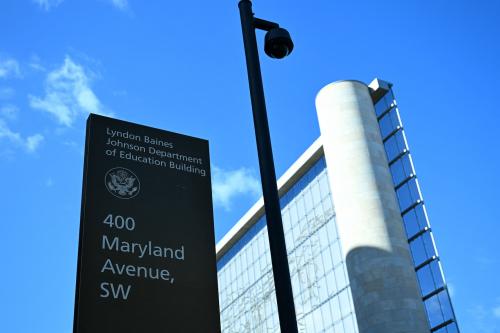With the arrival of summer break, school systems across the country have mostly signed off of their remote teaching, and school leaders’ focus now shifts to reopening schools for live instruction in the next academic year. On May 21, the Brown Center on Education Policy at Brookings hosted a webinar that addressed how schools in the United States should approach questions around reopening in the midst of the ongoing COVID-19 pandemic. Brown Center Director Michael Hansen led the discussion among three panelists: Heather Hough (executive director of Policy Analysis for California Education, PACE), Daniel Domenech (executive director of The School Superintendents Association, AASA), and Emiliana Vegas (co-director of Brookings’s Center for Universal Education). You can watch video of the event here.
Although we fielded several questions from viewers during the event, we didn’t have time to get to everyone. Here are answers to some of the questions we didn’t get a chance to answer.
Responses from Heather Hough
Q: The panelists talked about expected learning losses during current school closures and strategies to help students academically once they’re back in school. Can you offer guidance on how schools can help meet students’ non-academic needs next year?
A: When students come back to school after closures, whenever that may be, they will bring with them an incredibly high level of need. In the most dire cases, students will have experienced trauma as issues of housing access and food insecurity are compounded by grief, loss, and even abuse. To meet these needs, schools should be prepared to offer a comprehensive set of services that address the needs of children and their families. Good examples of this approach can be found in “community schools,” in which schools partner with community agencies and allocate resources to provide an integrated focus on academics, health and social services, youth and community development, and community engagement. Community schools invest in programs, systems and practices to provide students with a wide array of supports that will help them succeed in school. In the aftermath of the COVID-19 crisis, this “whole child” approach can be seen as a comprehensive way to ensure that students and their families are able to secure essential services, and reduce disparities in access and enrichment. Additionally, teachers should be supported in learning how to effectively build classroom communities and relationships in blended/remote learning contexts.
Q: What will schooling look like for the most vulnerable student groups, or students who need individualized services that will require closer contact and potentially making them more vulnerable to viral transmission?
A: Currently schools are considering a wide range of scenarios for reopening that range from fully in-person to fully remote, with many hybrids in between designed to have fewer students in the building at any given time. Under any of these scenarios we should be planning for distance learning for two key reasons: 1) Models of the spread of COVID-19 show that the virus will certainly be present in the fall, although the impact of the virus will vary by locale, and 2) individual teachers and parents/students may opt for distance learning due to personal or family risk if exposed to the virus. Given this unprecedented context of schooling, how do schools ensure that student needs are met, particularly students with special needs, students learning English, and students who have fallen behind during school closures? In planning for the fall, school leaders should start with learning needs rather than technology, focusing on how to provide targeted support to address individual needs regardless of the instructional setting. Instructional plans should prioritize interactive (kids working together) and active (kids doing a task) learning in synchronous (in-person or remote) instruction for all students and consider how to deploy educators to ensure small-group and 1:1 instruction for students who need it most. Ensuring parent voice in decisions requiring balancing health risks with educational and social-emotional benefits of in-person instruction will be critical to developing appropriate plans.
Responses from Daniel Domenech
Q: Do states or school districts have flexibility in their implementation of CDC guidelines for reopening schools? Can some practices be dropped if they are too onerous to implement or if students or staff are unwilling to comply?
A: The CDC guidelines are very specific and provide the guidance that school superintendents were looking for. It is already apparent that implementing them will be very costly and significantly change the education landscape. The question becomes, how much are we willing to stray from them for the sake of expediency and/or reducing the costs involved? The social spacing issue is a key element. We see that not just for schools but basically for every phase for reopening all aspects of public gatherings. It would be difficult to ignore that for schools. It is social spacing that will, in most cases, require schools to open for some students but not all. This is where the hybrid, or blended learning approach will come in. We can anticipate that this is what most districts will do. It will require more busing and the continuation of remote learning and there will be costs for protective equipment, school sanitizing and many of the other items in the guidelines. Ultimately, each locality will be faced with a very hard decision. Six of the superintendents in the largest California districts have already indicated that they may not be able to open schools at all. Instruction may have to continue exclusively online.
Q: Do schools face greater legal liability from failing to provide an adequate education to students or from students getting sick from the virus? And is the balance between these two competing interests appropriate, in your opinion?
A: There is significant liability for school districts already. Many have not been able to fulfill the IEP requirements under IDEA. Although we have been asking U.S. Secretary of Education Betsy DeVos for flexibility on this matter, she has refused to do so. Initially, some governors had indicated that the safest approach would be to provide no services to any student. Superintendents rejected that and provided services to as many students as they could safely and remotely. There is liability in providing inadequate services, or no services at all, and there will be liability if children or adults get sick in a school that has opened. Would we rather be sued for providing inadequate services or for the death of students and staff? It’s a lose-lose situation either way, but superintendents will do their very best to provide adequate services in a safe and healthy environment.
Responses from Emiliana Vegas
Q: Are there country-level factors that appear to help or hinder the reopening of schools in other countries?
A: It is too early to fully answer this question. Nevertheless, countries that have reopened thus far are those that have been able to control the pandemic. So, the first issue is to ensure that the benefits from reopening schools outweigh the potential health risks for students and adults. A second factor appears to be the commitment of the country to ensuring educational opportunity for all. Once the health risks are under control, governments that have reopened schools show a very high commitment to education and to reduce inequality. Things are a little different in the U.S., since it is the state-level government that runs schools, not the federal government as is common in most other countries. Consequently, there will likely be a lot of variation across states in how they manage reopening and the triggers for closing again if a second wave requires it.
Responses from Michael Hansen
Q: What will be the triggers for closing schools again in the fall after reopening? How should nurses provide care for students who may potentially be carrying the virus?
A: Multiple participants during the event submitted questions like these regarding school decisions that would need critical information from public health experts. Those on the panel are not public health experts, and thus could not directly respond to these questions, and encourage school leaders and policymakers to work with relevant national and local health authorities to tackle questions such as these. The National Association of School Nurses, for example, has curated resources and offered guidance to school nurses as they assist their schools in planning for reopening. In general, though, a minimum precaution that schools should have in place is ready access to COVID-19 testing for any students and staff that come to school with symptoms aligning with the disease. Quick results will be critical in determining whether schools should be shutting down to minimize viral spread among the student body.
Q: If remote learning continues to be an important element of public education next year, as the panelists assert, what can schools and districts be doing now to ensure its success next year?
A: The digital divide was a significant barrier to providing equal access to education in some of our neediest schools and communities three months ago when schools were still holding all instruction in person. When the extended school closures over the spring pushed all learning online, the transition revealed the extent of these connectivity problems and exacerbated opportunity gaps. Schools and districts should take the summer to make efforts to ensure students can connect to schools when classes resume in the fall. Connectivity challenges in some districts have required creative efforts, including WiFi on school buses or utilizing other public resources, that will be needed to surmount these critical gaps. Also, students are not participating in remote learning at rates that are higher than we should expect based on digital divide estimates alone; thus, schools should also use the summer to reach out and learn what else may be preventing students from engaging with remote learning and implement solutions to overcome those barriers.
For more, watch the full event, “Reopening schools in the fall amid the COVID-19 pandemic.”
The Brookings Institution is committed to quality, independence, and impact.
We are supported by a diverse array of funders. In line with our values and policies, each Brookings publication represents the sole views of its author(s).
